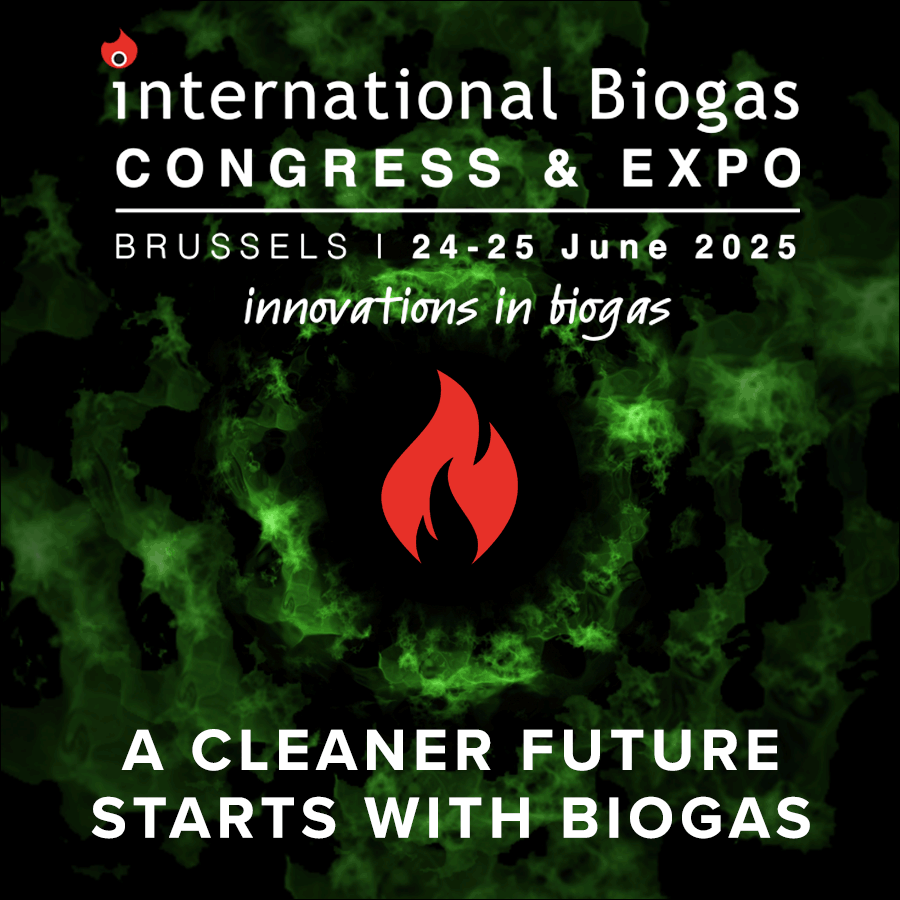New approach to metal catalysis could maximise the value of biomass
A team from Nagoya University has explored a different chemical approach to the catalysis of biomass.
With ever declining oil feedstocks and campaigning from environmentalists, the chemical industry is increasingly being pushed to look for new renewable sources to sustain its activities. Biomass from sources including wood, garbage and agricultural waste is one of the most widely available renewable feedstocks, yet is still yet to be fully tapped.
The problem is that most biomass is a “mess of different chemicals”, according to a statement from Nagoya University, difficult to separate for use in energy, plastics and pharmaceutical’s.
Carboxylic acids are one of the most common chemical groups in biomass, and their chemical reactions are particularly difficult to control in these mixtures. Currently used "catalytic hydrogenation" with metal catalysts can transform the acids into more useful alcohol groups, but also adds to the complexity of the biomass because of other side reactions and catalyst decomposition.
The team from Japan identified the need for more selective transformations of carboxylic acid groups.
"Traditionally, low-valent transition metal complexes are used for hydrogenation of carboxylic acids. But we found better selectivity under milder conditions using a high-valent complex, which also attacked carbon-hydrogen bonds next to the carboxylic acid," said lead author Masayuki Naruto.
"The idea that high-valent transition metals are effective for this kind of reaction might go against traditional wisdom, but we have shown the potential of this approach for making high-value chemical products from biomass," said group leader Susumu Saito. "Although the rhenium metal catalyst we used here is rather expensive, we are now looking at recycling the catalyst and alternative tungsten and molybdenum catalysts, which should make this a truly economically viable approach for getting useful products from biomass in the future."
The team’s research has been published in the journal Scientific Reports.
























